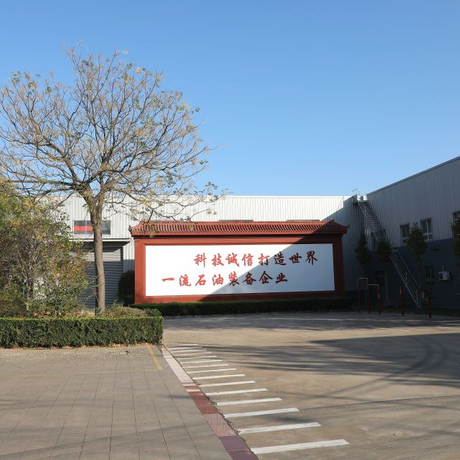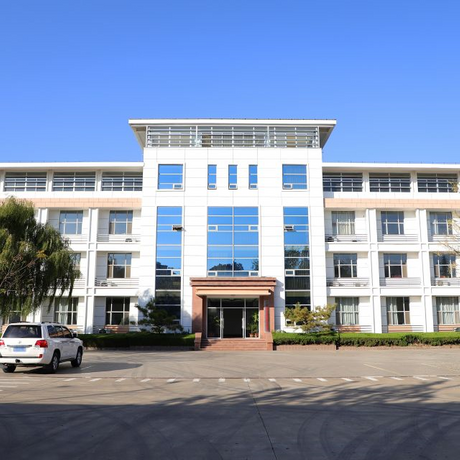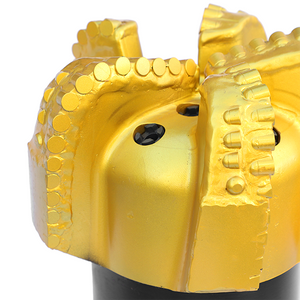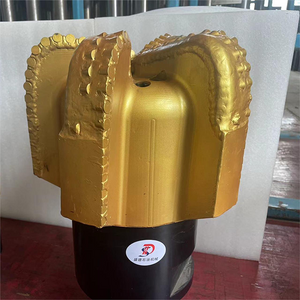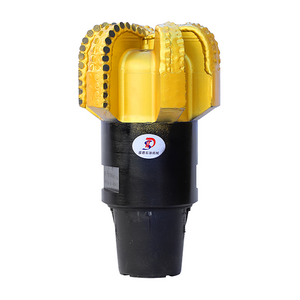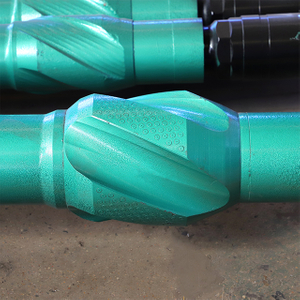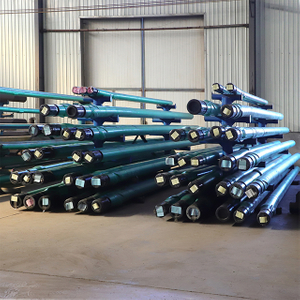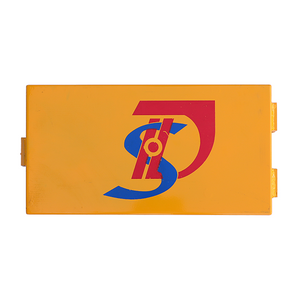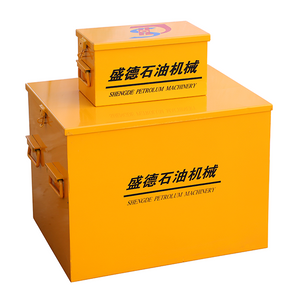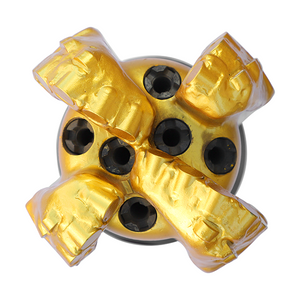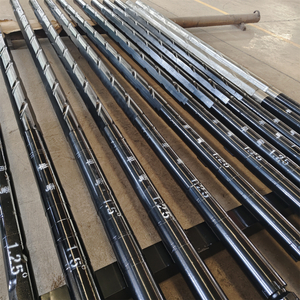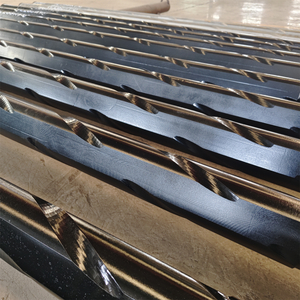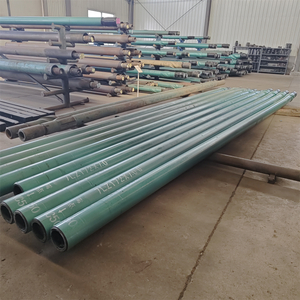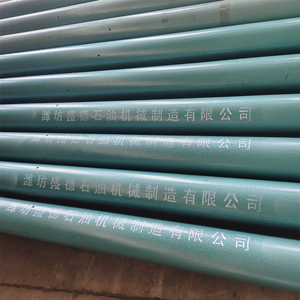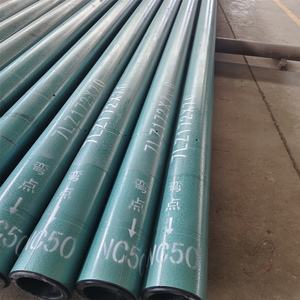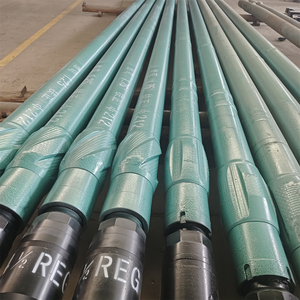Product Introduction
Shengde QY hydraulic vibrator is an all-hydraulic decoupling tool.
The tool integrates upward and downward strikes, and adopts a flow-limiting valve structure to make the delay time of the tool more stable and its performance more reliable.The delay function of QY Hydraulic Drill Follow Shocker can make the drill column fully elastic before shock release.The delay function of the QY hydraulic vibrator can make the drill pipe stretch and store energy before the release of vibration, so as to achieve the best vibration effect. When the downhole drilling tool is stuck, the QY Hydraulic Drill Follow Shocker can provide a great shock effect through the specific operation on the well.When the downhole drilling tool is jammed, the QY Hydraulic Drilling Shocker is able to provide a huge impact force through specific operation on the well to achieve the purpose of unjamming, so as to quickly resume normal drilling operations.
Our Advantage
When the QY Hydraulic Drill Follow Shocker is used downhole, the operator can simply release the upper drill tool by lifting or lowering it (no torque or external adjustments are required) from the surface.
When used downhole, the operator only needs to lift up or lower down the drilling tool (no need to adjust the torque or external adjustment) to release the upstroke or downstroke shock force.
The operator can release the upward or downward shock force by simply lifting or lowering the drilling tool from the surface (no torque or external adjustment is required), and the size of the shock force can be freely adjusted within the permitted range.
The tool has reliable performance, simple and convenient operation, and can be widely used in drilling, coring, salvage and workover wells,
well drilling, coring, salvage and workover operations.
Product Uses
Hydraulic shocker is a device that uses hydraulic principle to generate shock force, which is mainly used to solve the stuck drill problem in drilling operation. It can create an upward or downward shock force on the drill pipe to help unjam the drill pipe and resume normal drilling operations. The following are some common application scenarios of hydraulic shock absorbers:
Drilling: During the drilling process, the drill pipe may get stuck due to complex geological formations, prolonged pump stoppage or mud packs on the drill bit. Hydraulic shocker can unjam by generating shock force, improve drilling efficiency and reduce drilling cost.
Bridge construction: Hydraulic vibrators can be used in the pile foundation construction of bridges, which can ensure that the piles are quickly and accurately driven into the predetermined position, greatly improving the construction efficiency and quality.
Highway construction: In the construction of highway foundations and bridge piles, the performance and accuracy of the equipment are required to be high. Hydraulic vibrators can ensure the smooth progress of the construction process with efficient and stable working performance.
Port Terminal Construction: The construction of port terminals usually requires a large number of pile foundations, and the high reliability and durability of the hydraulic vibrators enable them to adapt to such working conditions.
Metro tunnel construction: Hydraulic vibrators can play an important role in metro tunnel construction, which also involves piling.
Other fields: Hydraulic vibrators can also be applied to other occasions where impact force is required, such as mining and geological exploration.
With the continuous development of technology, the application areas of hydraulic shock absorbers may continue to expand. In actual application, it is necessary to choose the appropriate hydraulic shock absorber according to the specific working conditions and needs, and operate and maintain the equipment correctly to ensure its safe and efficient operation.
FAQ
1. What is a hydraulic jar and how does it work?
A hydraulic jar is a type of downhole tool used in oil and gas drilling operations. It is designed to provide a sudden impact force to free stuck drill strings or tools. The jar operates by utilizing hydraulic pressure to store and release energy, creating a jarring effect that helps break free any obstructions.
2. What are the main applications of hydraulic jars in the oil and gas industry?
Hydraulic jars are primarily used in the oil and gas industry for various applications such as releasing stuck drill strings, fishing operations, and overcoming wellbore obstructions. They are essential tools for improving drilling efficiency and minimizing downtime caused by stuck equipment.
3. What are the key features to consider when selecting a hydraulic jar?
When selecting a hydraulic jar, it is important to consider factors such as jar size, operating pressure, stroke length, and overall durability. Additionally, features like adjustable impact force and compatibility with other downhole tools should be evaluated to ensure optimal performance and versatility.
4. How can a hydraulic jar help in reducing drilling costs?
A hydraulic jar can significantly reduce drilling costs by minimizing the time and resources required to free stuck drill strings or tools. By providing a powerful jarring force, it helps avoid costly fishing operations and reduces non-productive time associated with equipment failures or obstructions in the wellbore.
5. What maintenance and inspection procedures are recommended for hydraulic jars?
Regular maintenance and inspection are crucial for ensuring the proper functioning and longevity of hydraulic jars. It is recommended to follow the manufacturer's guidelines for routine checks, lubrication, and replacement of worn-out parts. Additionally, periodic pressure testing and visual inspections should be conducted to identify any potential issues before they escalate.


